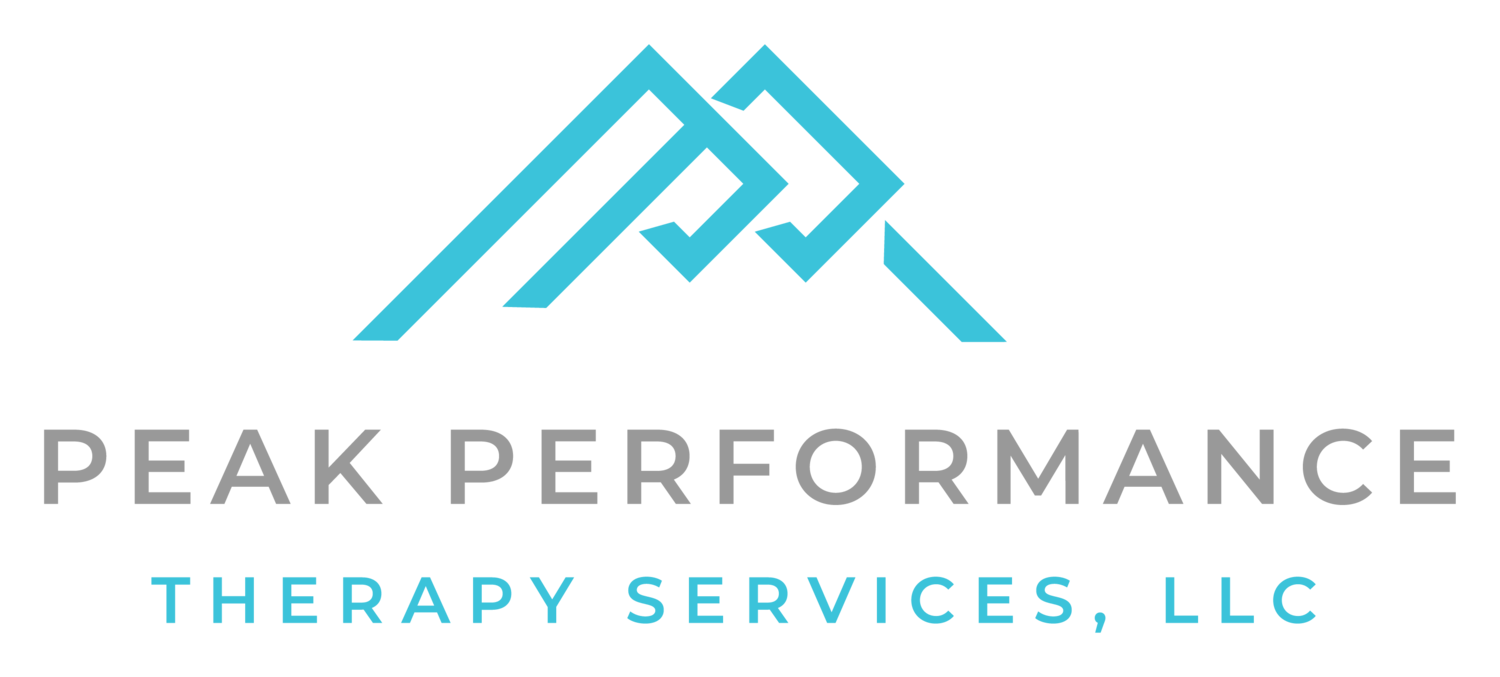Why “Good” is Never Good Enough
Every morning, each of us is faced with what is arguably both the most important and also the simplest choice that we could possibly make: do we strive to grow and improve, or do we settle for “good enough”?
Some days, this choice is easier than others. If we have some sort of upcoming goal or event or deadline to push us, it is easier to choose the more difficult path. We feel the pressure to get better, and usually that pressure will be enough to push us out the door.
But it is what we do in those frustrating days, when we feel like we do not see progress that truly carries the most weight when it comes time to perform. The days when we want to be complacent, and say that we are just not talented enough, or genetically gifted enough, or that we are just bad at something, these are the days that truly define our potential.
The highest achievers among us in every discipline (athletic, academic, professional) appear to be those who just seem to find a way to keep improving. But why is that?
They have cultivated what is known as a “growth mindset.”
A “growth mindset”, as termed and defined by Carol Dweck, is defined as the belief that a person’s capacities and talents can be improved over time.
The opposite would be a “fixed mindset”, which is the limiting belief that the capacity to learn and improve cannot be meaningfully developed.
People with a growth mindset are open to new challenges and realize that they can change and improve over time. They control their thoughts, and see areas of weakness as areas that they can turn into strengths, instead of just things that they are not good at. Basically, they take a negative, reframe it in their mind, and see an opportunity for growth and development.
Once they tackle that challenge and overcome it, they re-evaluate themselves, take their next biggest area of weakness, and work to improve that.
The biggest thing that sets these people apart, however, is that once they have reached the point that most people would consider “good enough”, where each previous area of weakness is now what most would consider a strength, they continue to take that same approach and improve further.
They do not reach the pinnacle of achievement and become complacent. They ask “what’s next?” and continue to achieve, whether personally, professionally, athletically, or otherwise.
So the next time you find yourself frustrated with your progress in your chosen sport, profession, or even your personal life, sit down and write out a list of your greatest strengths and weaknesses. Look at your list of weaknesses, and try to identify the most glaring weakness on that list. Think through, what are the best ways to improve it?
Often we get so caught up in our own fixed mindset and think that we are just not good at certain things, but there is always something that we can do to improve. Take a step back and think through, how would you tell someone else to improve that weakness?
If you are a triathlete and struggle with the swimming portion of your race, what are some things that you can do to get better? If your technique is sloppy, maybe you could look up some drills on YouTube to improve your freestyle. Or you could hire a coach for a few sessions to dial in your technique. If it is a fitness problem, you could take away one of your training sessions geared towards the bike or the run and dedicate that to an extra training session in the pool.
There is always room for improvement, and “good” is never good enough. All we have to do is develop a growth mindset.
If you have a frustrating problem or injury and are having difficulty finding a solution so that you can keep improving, message us at Peak Performance. We would love to help you get back on track with whatever you love to do.

